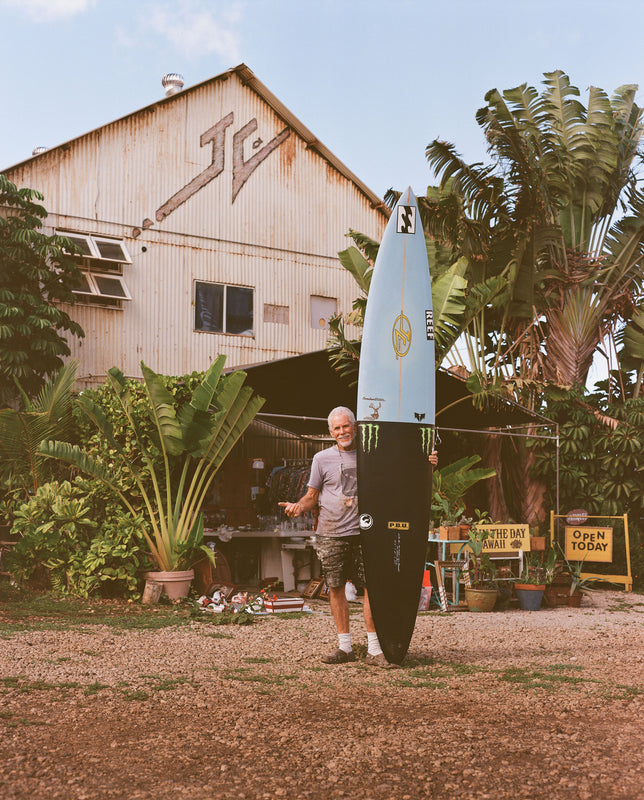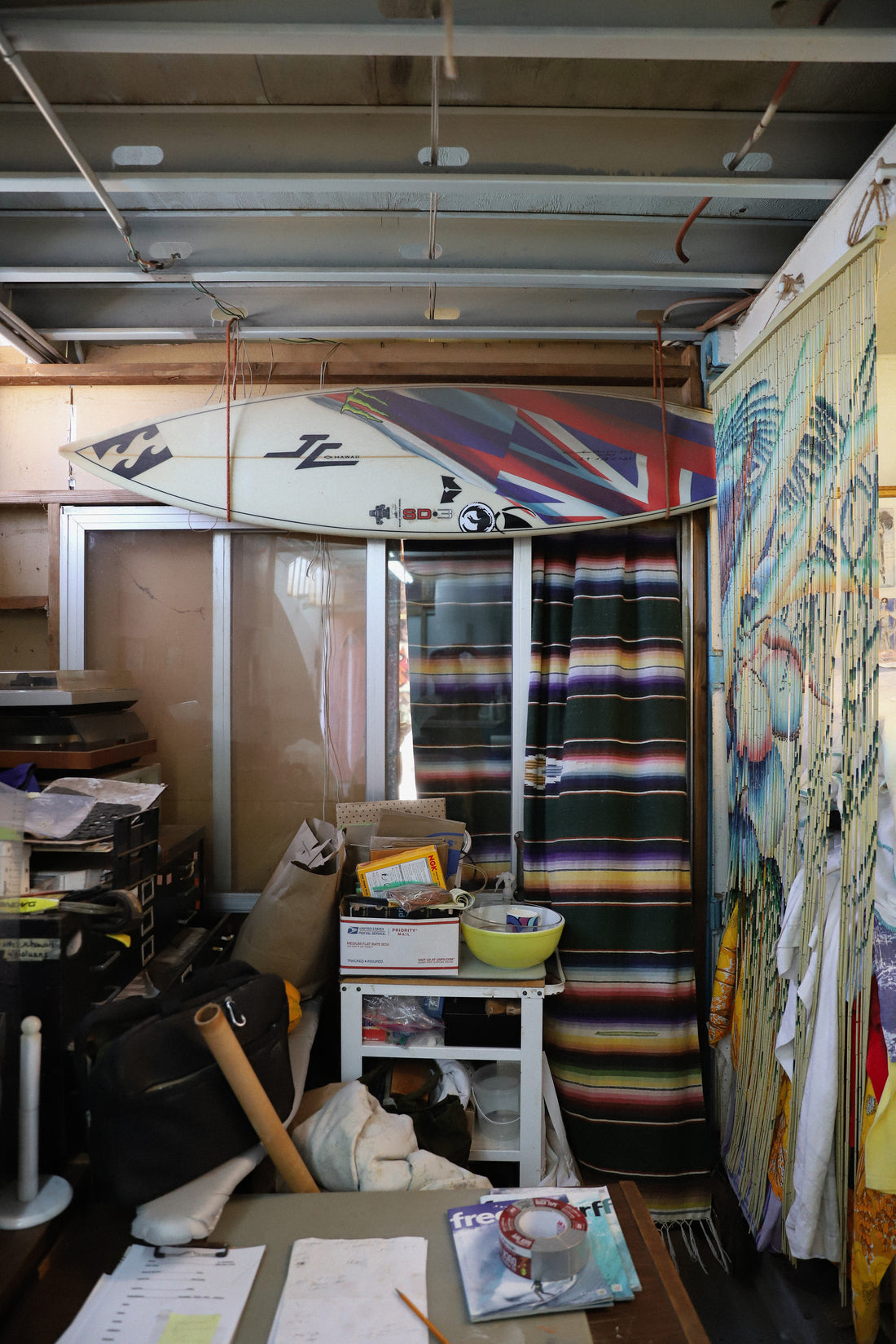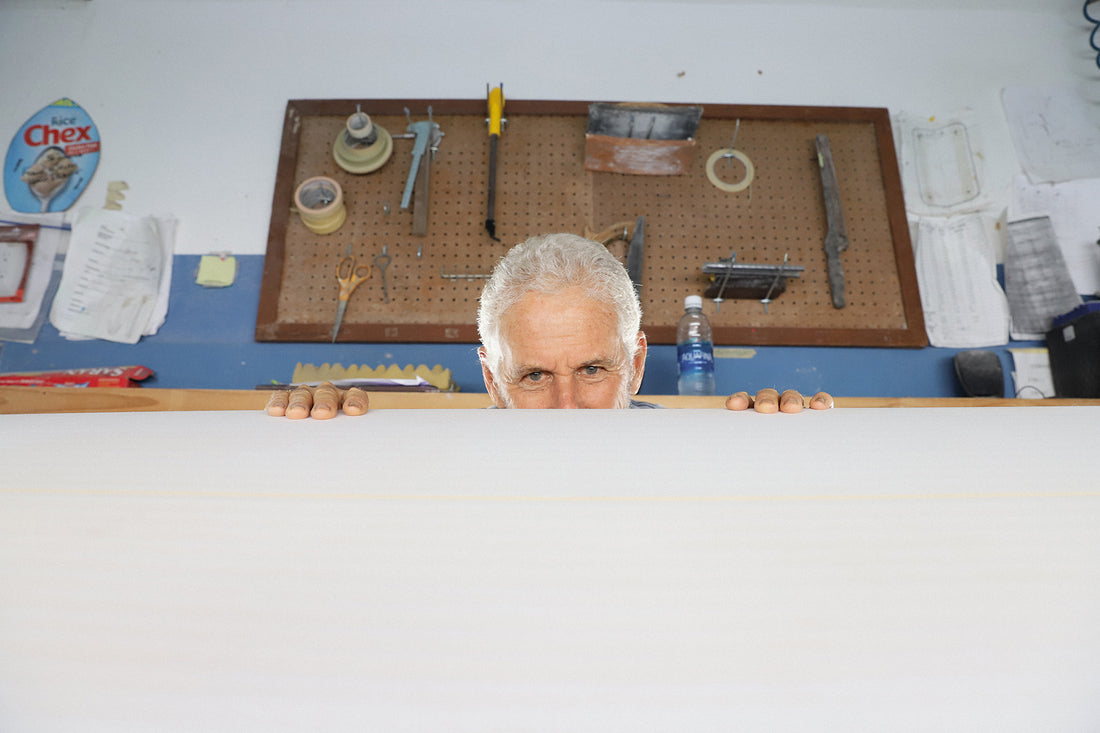-
John “JC” Carper’s relationship with surfboards surpasses the ocean. One of the world's best shapers, JC has designed and crafted thousands of surfboards, and spent countless hours hand-shaping each piece to perfection—but perhaps more than the boards themselves, it is the tales of those who have ridden his creations that continue to drive his passion.
-
Jason Kuok (Editor): We’re curious to know—how did you first get into shaping as a line of work?
John Carper: It happened at a historical pivot point in the surf world, back in 1966. I was in Maui going to college, when we were all riding longboards. We grew up on them, nobody had anything different. There was no such thing as a short board then.I was out surfing one day when I saw a car drive up. Two guys got out of it and pulled boards off the cars that I thought were kneeboards. It was Nat Young and Bob McTavish from Australia—actually maybe it was Paul. Anyway, these guys were what we called ‘feral’, surfing “Animal Style”. They’re tearing these waves apart on these really short boards. And I think, what is this? I watched them surf and I literally became ashamed of my own surfing—not my skill level, but the way I was surfing.
This was the future of surfing. They’d come from Australia to Hawaii on their way to San Diego for the World Surfing Championship 1966. I paddled in because I didn't want to surf in front of them anymore. And I watched them for about an hour. I had a brand new Donald Takayama three stringer and decided that I wanted to make it real short. Now I'd seen guys like Greg Knoll shape when we were kids—we used to watch them from outside their garage— but I'd never actually made a board.
So I stripped the fiberglass off my board and shaved it all down. I told the old Japanese lady at the hardware store that I wanted to shape and fiberglass my surfboard. She gave me some boat resin and told me how to mix the catalyst. I pulled it off and I made something that day. I told Donald [Takayama] later on. He laughed about it. Now that I think of it, a vintage Takayama three stringer is probably worth $30,000 today.
The next week, Nat Young beat David Nuuhiwa at the contest. It was a shock to the entire surf world because nobody could really understand what these guys were doing. Then maybe five to six months later, virtually every guy who owned a longboard was talked into shaping it into a shortboard. It was a revolution like we’d never seen in surfing.
Then I think it was around 1980, because I was there when Simon Anderson brought the first tri-fin surfboard to Hawaii for one of the first Pipe Masters competitions. Most guys were riding twin-fins or single fins. Mark Richards rode a single fin because he was backside at Pipe and nobody could get twin fins to go backside. So, Simon Anderson shows up with a fin in the middle. He just figured it out—‘I’ll just stick the fin in the middle’. I met him then and we became really super good friends.
I went back home and stuck middle fins in my boards, and from then on, I'd say for three or four years, we didn't make a single twin-fin for anybody.
JK: So you set up shop as a shaper right after that experience with a short board?
JC: No, not right away. I lived right next to a guy named Carter Pyle who was an old pioneer of boats and surfing. He was kind of my mentor back then and would let me sweep up his shop. He let me use his shop and taught me how to fiberglass. Then I started doing boards for all my friends. I don't think I made a penny for at least four or five years.
Later on I moved over to the North Shore and started doing repairs for Surfboards Hawaii, right in Honolulu where Ben Aipa was a shaper. I remember one time the manager came up and said I gotta take over from him. I thought: if Ben finds out I’m gonna get my lights knocked out because the guy was like a raging bull. Some days I had to sneak around behind boxes to watch him shape—and he'd do the wrong things on purpose to throw me off because he knew I was watching. But we became such good friends and he actually did teach me things, so all of a sudden I’d gone from being the ding repairman, making some boards for my friends and riding Pipe every day, and Sunset, to being a shaper at the premier surf shop in Hawaii.
-
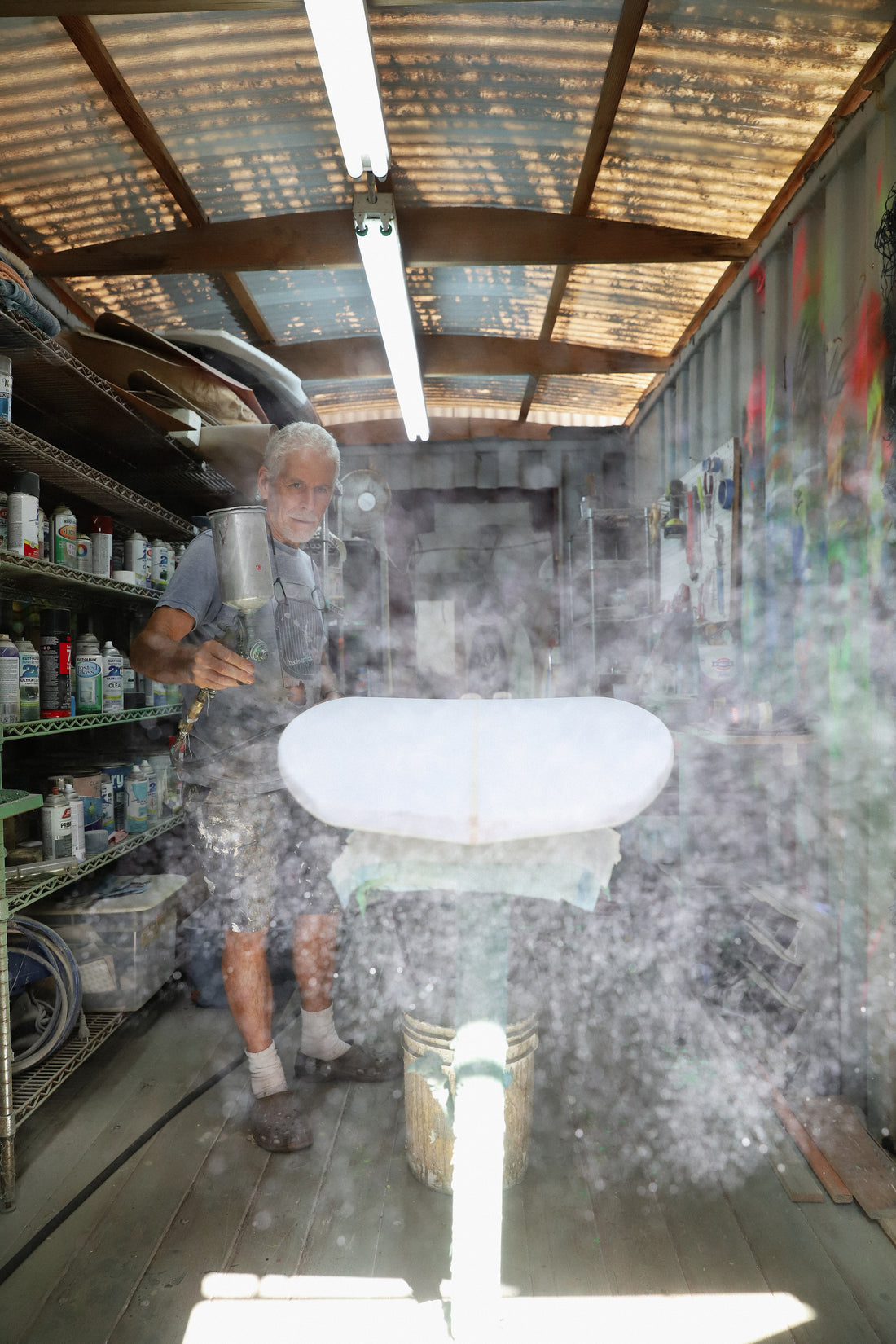
-
JK: What a time it must have been. You must’ve seen some crazy shit. What was it like working as a shaper and being so entrenched in the surf scene in those days?
JC: Well, eventually the Las Vegas Mafia showed up. The mafia owned Surfboards Hawaii. Nobody knew that, at the time. They had all kinds of businesses to launder money and Surfboards Hawaii was one of them. One guy was like a character straight out of The Godfather, this big Italian guy who’d come to Hawaii in a big limousine with a blue pinstripe shirt and a fedora hat. And he'd come and just walk around, look at us and not say a word, that was it. The thing was that Surfboards Hawaii couldn't make money because, well, the mafia needed to launder money there. Then finally one day I came to work and there were huge chains with padlocks like I'd never seen around every door. It was the IRS.
But I wasn't thinking about making a career until later on. I moved to San Diego with my wife and kids where I worked for Rusty [Preisendorfer] and became a back shaper for him. He was always really impressed that I was an original Lightning Bolt shaper (a surfboard company out of Honolulu that made boards with a distinctive Lightning Bolt jag and every surfer in the 1970’s wanted one.) In that circle, being an original Lightning Bolt shaper was like having a degree from Harvard.
But I did learn how to actually make surfboards from working for Rusty. He was the best boss I ever had and I learned a lot from him. I left because I just didn't like living in California anymore. It was tough having lived in Hawaii for over 25 years and then moving to California. And just being a back shaper wasn't going to work. So I left and started at JC Hawaii.
-
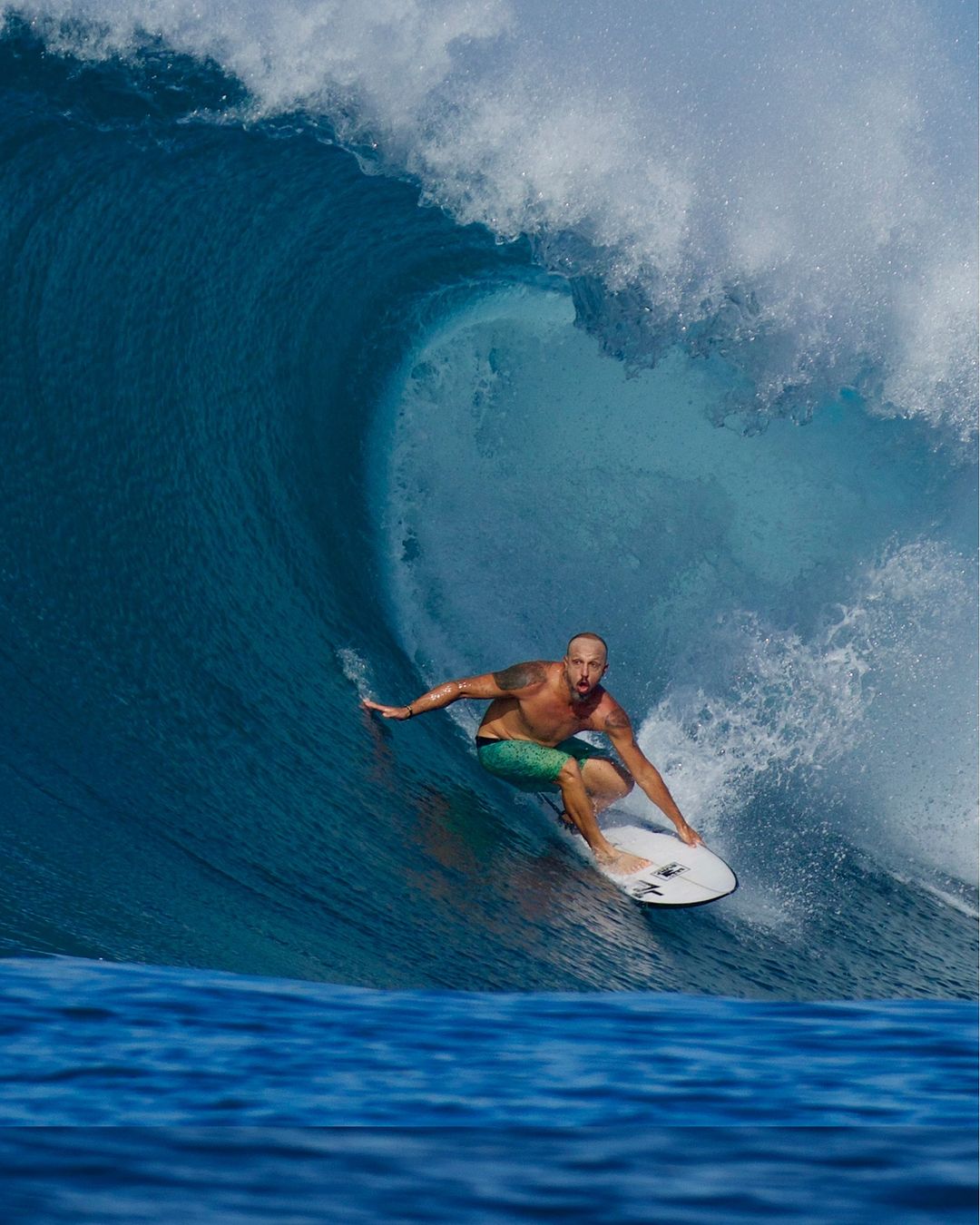
Photograph repost from @jc_hawaii
Photograph by @hiddenbayresortmentawais -
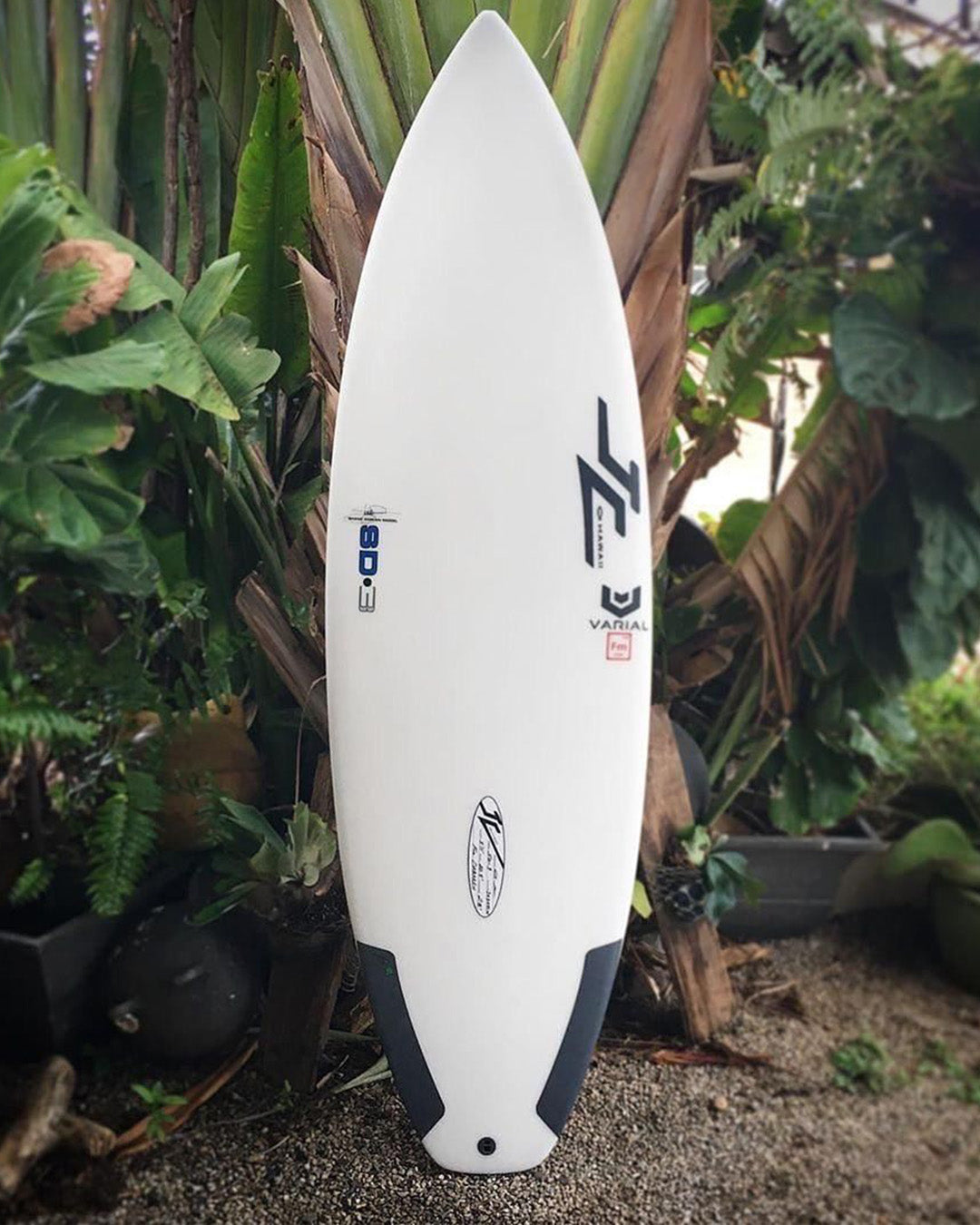
Photograph repost from @jc_hawaii
Photograph by @varial_surf @surfscouthawaii -
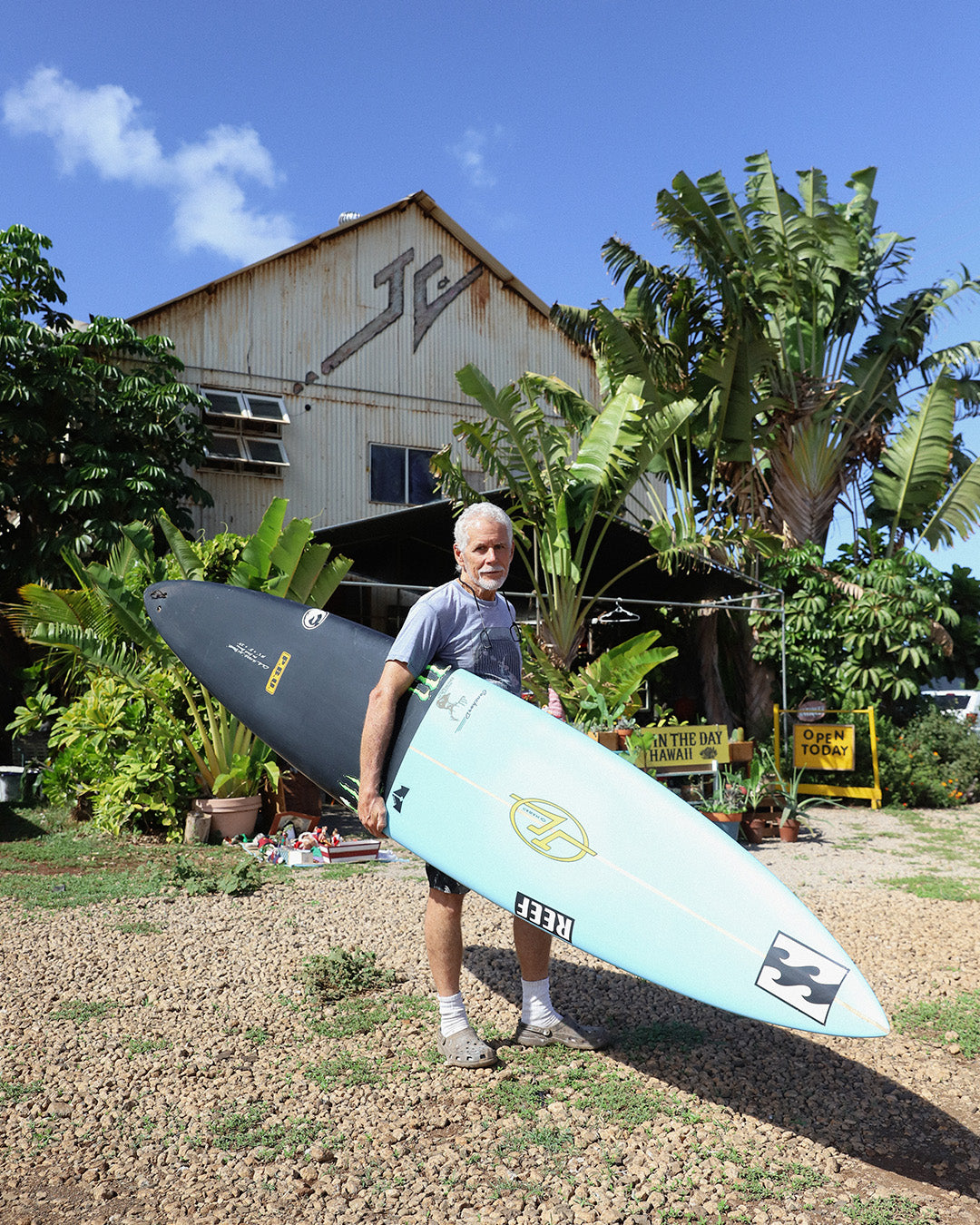
JK: Is shaping an art?
JC: I don't believe that shapers are artists, we're craftsmen. There's nothing wrong with that, it’s a really noble thing to be a craftsman.
But I was into art. Everybody in my family is either a musician or an artist, everybody was a Picasso. So I learned about art and sculpting and majored in sculpting at college—shaping is essentially just sculpting. But it's probably a heck of a lot easier to make a surfboard than a face and whole body.
Take Michelangelo. I mean, those guys—those were shapers.
When I make a surfboard, I'm not the artist, you're the artist; I'm making you a tool. You're making your art on a wave, not me. People say there's no soul in computer shaping, and I say there's no soul making a surfboard. It's a craft, like laying concrete, cabinet making, carpentry. There's no such thing and soul in an inanimate project for a product.
The soul is in the surfer, his expressing himself on the wave. That's the soul.

More from the Journal
View All-
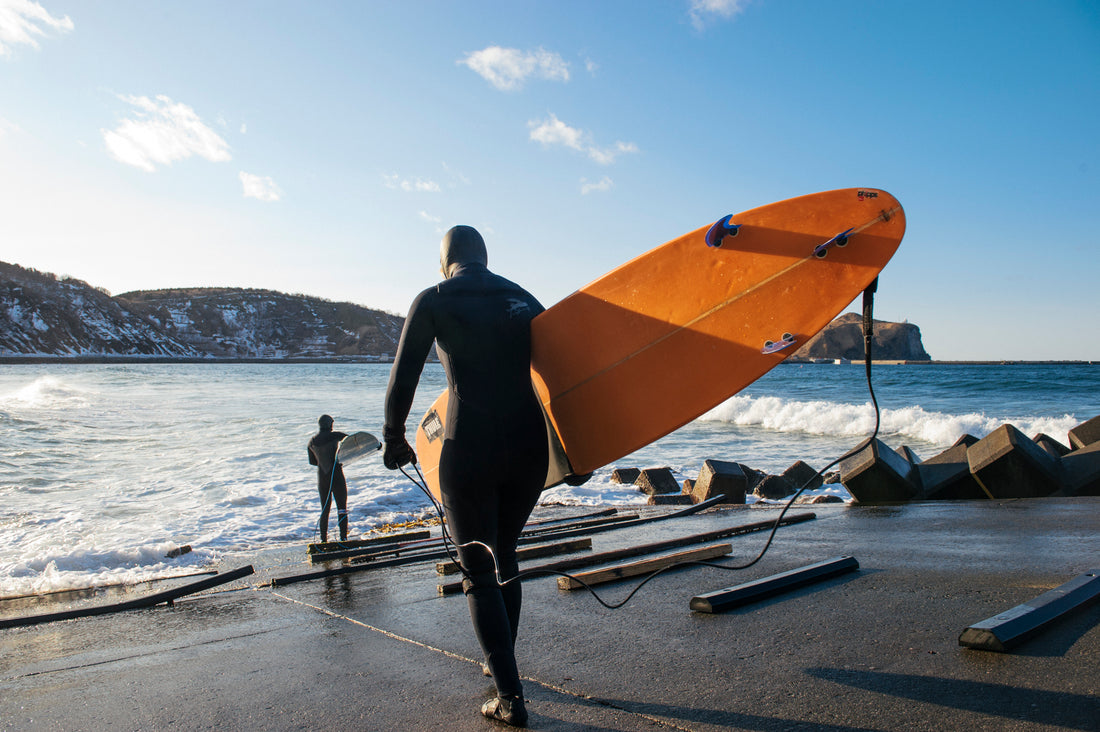
Travels
Rishiri Island — Skiing in Lands Unknown
Situated some 20 km west of Hokkaido sits the small, disk-like island of Rishiri. Small and compact it may be, yet this mighty little island packs a punch, for standing tall and fierce in the rotund island’s icy centre is Mount Rishiri.
-
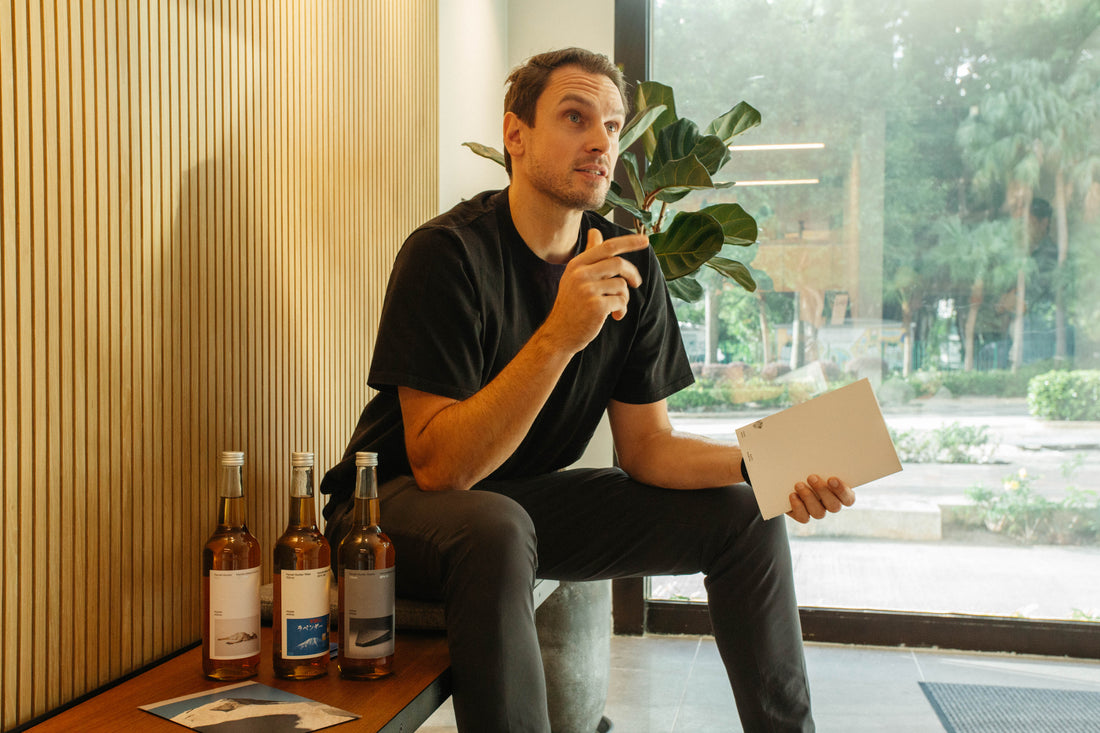
Conversations
From Brunnwald Forest to Hong Kong and back: Conversations with Raphael Holzer
We sat down with Raphael to talk about family legacy, building his business, and tackling the unknown.
-

Field Notes
Gage Street Neighbourhood Guide
Between Hong Kong’s Central and SoHo district is Gage Street, a hillside enclave that bridges new and old artisans, designers, and restaurateurs.


